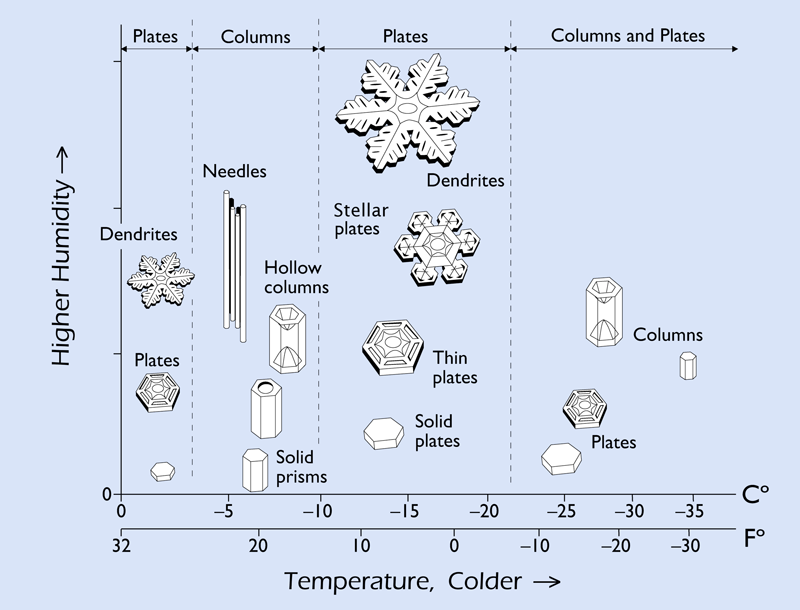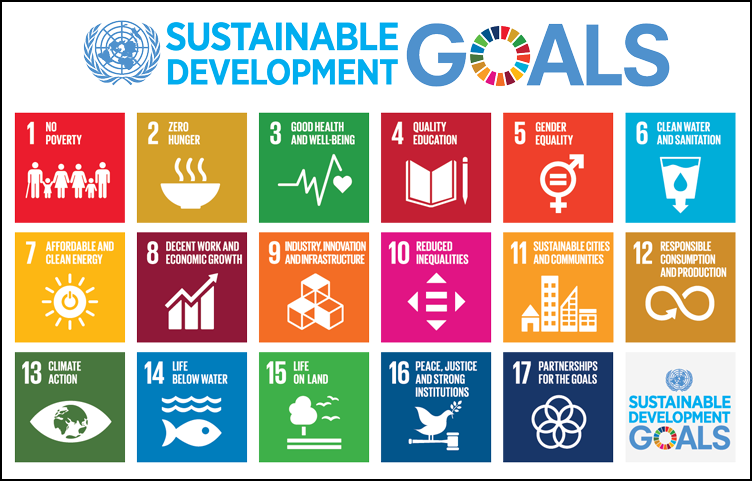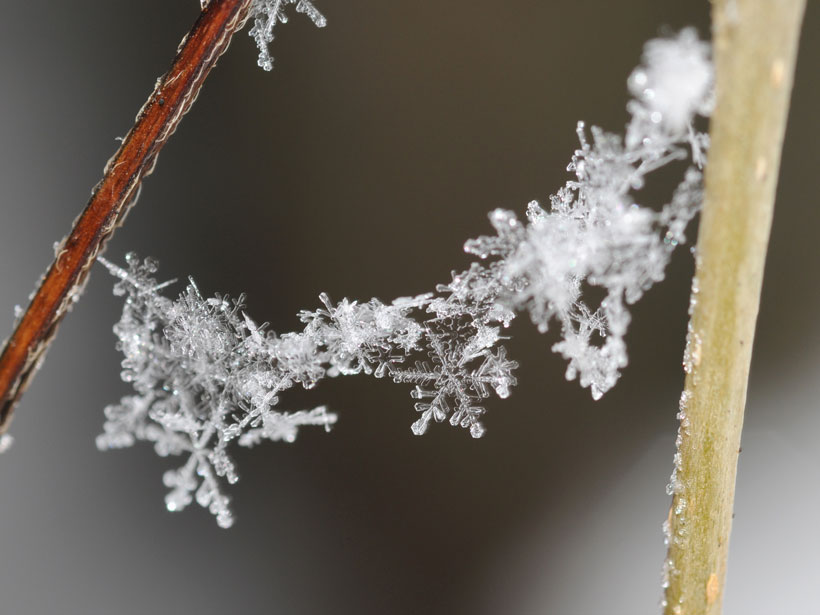Toward a Grand Unified Theory of Snowflakes.

The “pope” of snowflake physics issues a gorgeous papal bull, informed by studies ranging in time and place from ancient China to Kepler’s study, Reconstruction New England to prewar Japan, and his own lab in sunny California.
—Caryl-Sue, Managing Editor
Get the Sustainable Development Goals Back on Track.

In 2015, the United Nations adopted its 17 Sustainable Development Goals (SDGs)—a set of global objectives aimed at everything from ending poverty, hunger, and inequality to developing sustainable energy sources, industry, and infrastructure—with the idea that the goals would be met by 2030. The SDGs were intentionally lofty in an effort to spur countries toward rapid improvements. But 5 years since their adoption and a decade out from the deadline, “the world is set to miss most of the SDGs.” It seems the approaches countries have taken, and the commitments they’ve made, to achieve the goals need reevaluation.
—Timothy Oleson, Science Editor
Climate Change Presents a Threat to Marine Labs. Marine laboratories often are located at water’s edge. Here’s an interesting story about the challenges that some of these labs face from climate change. Among those quoted in the story is Bob Cowen, head of the National Association of Marine Laboratories, who commented, “We’re feeling it [climate change], and we’re also studying it at the same time as best we can.”
—Randy Showstack, Staff Writer
Body-Based Jargon Can Be Harassment When It Turns Sexual. As an editor I’m obviously a strong proponent that language matters. In this article, Eos’s Kimberly Cartier reports on how descriptive language used by geoscientists can create uncomfortable and sometimes hostile places to work.
—Heather Goss, Editor in Chief
Shipping Tries to Clean Up Its Act.
Looking for a new podcast this year? I’ve been loving NPR’s new daily science podcast called Shortwave. The host brings us 10 minutes of daily science facts so we can be up-to-date about the latest happenings. One of my favorite episodes last year was on sustainable shipping and the quest for making hydrogen fuel cells viable.
—Jenessa Duncombe, Staff Writer
The Solar System Is Really, Really Empty.
I am totally going to show this in my class tomorrow. It’s a stunningly boring way to show how much of the Solar System is empty space, interspersed with clever commentshttps://t.co/4nHvkRjrDe
— Dr./Prof. Sam Lawler (@sundogplanets) January 8, 2020
Those compact solar system diagrams with all the planets evenly spaced in a row? That’s really not at all what the solar system is like. This fun teaching tool is a great way to demonstrate the vast emptiness of space…as long as you have a little patience.
—Kimberly Cartier, Staff Writer
Citation:
(2020), Snowflakes, SDGs, and other winter wonders of the week, Eos, 101, https://doi.org/10.1029/2020EO138516. Published on 10 January 2020.
Text © 2020. AGU. CC BY-NC-ND 3.0
Except where otherwise noted, images are subject to copyright. Any reuse without express permission from the copyright owner is prohibited.
Text © 2020. AGU. CC BY-NC-ND 3.0
Except where otherwise noted, images are subject to copyright. Any reuse without express permission from the copyright owner is prohibited.

